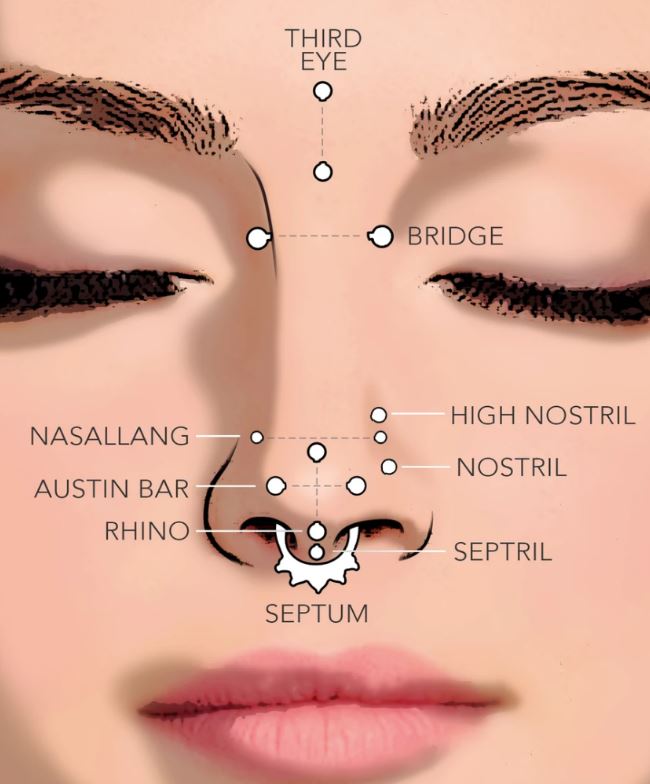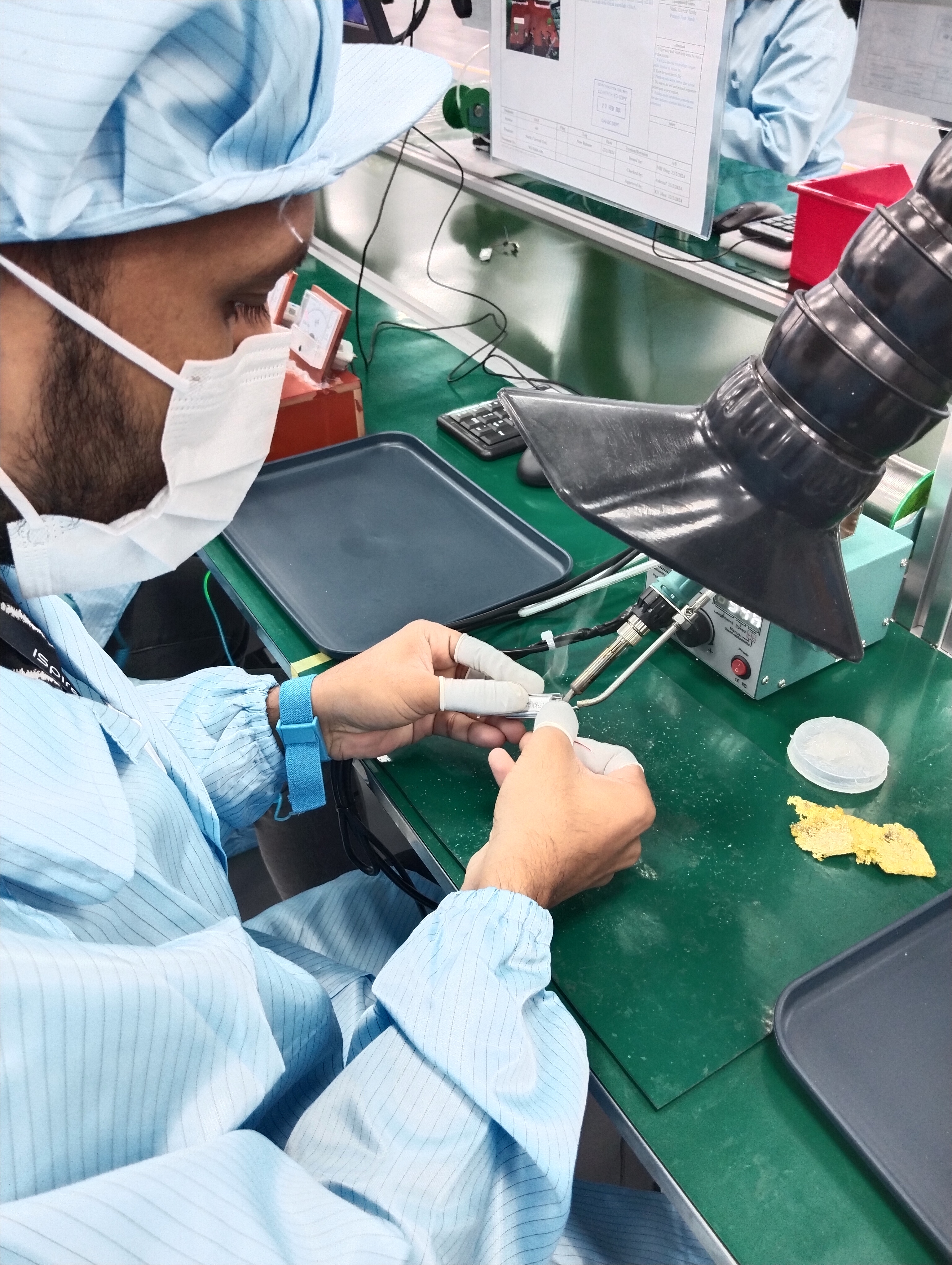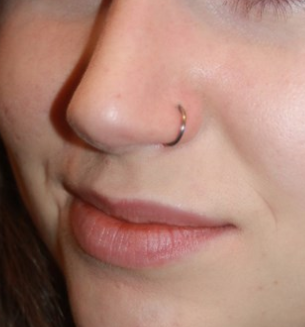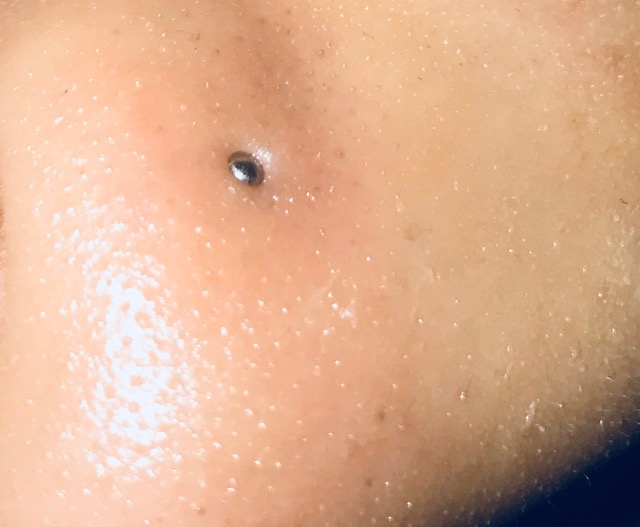Sponsor Ads
Non-China Vape, 510 Cartridges & Battery Device Maker
If you are going for a vape manufacturer out of China we are you best choice. We offer a alternative vape production location with a very competitive price. You can save money by buying directly from us the manufacturer, without any middlemen or extra fees. You can also enjoy discounts for bulk orders and special offers for long term & loyal customers.
We offer small trial orders where you can test the quality and performance of the products before placing a large order. Fast shipping and cheaper shipping cost from Malaysia and Singapore ports. You don't have to wait long to receive your products.
Contact Us!
Contribute for our website Maintenance! We want to keep it free for all visitors.
Trending Best Sellers
Tribe Piercing: A Cultural and Historical Overview
Trending Best Sellers
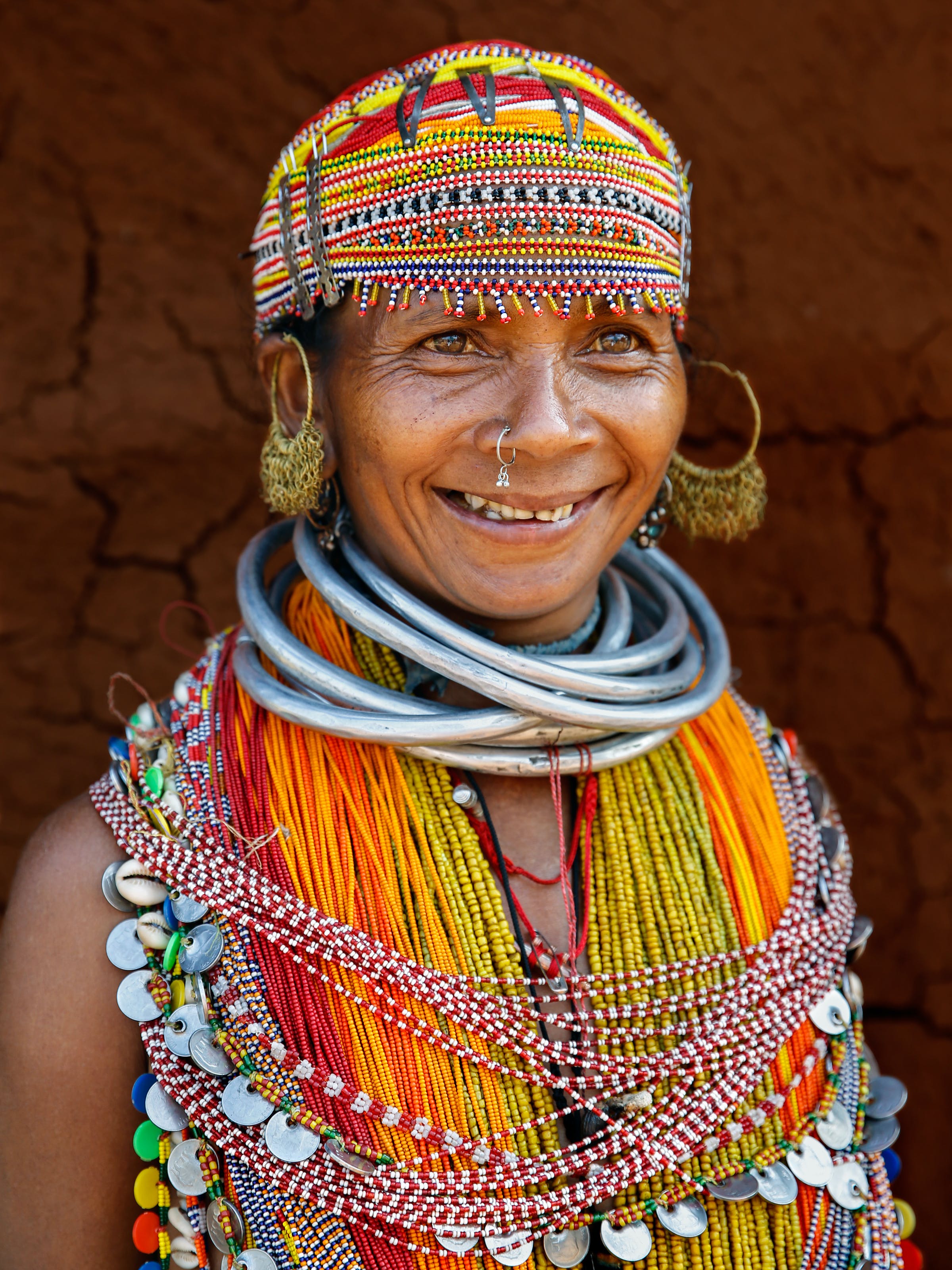
Body piercing is a form of body modification that involves creating holes or punctures in various parts of the body to insert jewellery or other objects. Body piercing has been practised by many cultures around the world for different reasons, such as religious, spiritual, aesthetic, sexual, or social purposes. One of the most ancient and widespread forms of body piercing is tribe piercing, which refers to the traditional piercings done by various indigenous tribes across the globe.
Tribe piercing can be found in many regions, such as Africa, Asia, America, and Oceania. Some of the most common types of tribe piercing are ear piercing, lip piercing, nose piercing, tongue piercing, and nipple piercing. Each type of tribe piercing has its own meaning and significance for the tribe members who wear them. Here are some examples of tribe piercing from different cultures:
- Ear piercing: Ear piercing is probably the oldest and most common form of body piercing. It is done by creating holes in the earlobes or other parts of the ear to insert earrings or plugs. Ear piercing can symbolize status, wealth, beauty, or identity for many tribes. For example, the Masai people of Kenya and Tanzania wear large ear plugs made of wood, bone, or ivory to stretch their earlobes. The size of the plugs indicates the age and social rank of the wearer. The ancient Egyptians also wore ear plugs to display their royalty and nobility. The pharaoh Tutankhamun had his earlobes stretched to 10 mm in diameter.
- Lip piercing: Lip piercing is done by creating holes in the upper or lower lip to insert labrets, which are pieces of jewellery or ornaments that can be made of wood, metal, stone, or other materials. Lip piercing can indicate beauty, sexuality, or affiliation for many tribes. For example, the Mursi people of Ethiopia wear large clay or wooden plates in their lower lips to stretch them. The size of the plate indicates the bride price that a woman can demand when she gets married. The Aztec and Maya people of Central and South America also wore lip labrets made of jade or gold to enhance their attractiveness and status.
- Nose piercing: Nose piercing is done by creating holes in the nostrils or the septum (the cartilage that separates the nostrils) to insert rings, studs, or pins. Nose piercing can signify strength, courage, or fierceness for many tribes. For example, the Asmat people of New Guinea wear large bone pins in their septums to resemble the tusks of a wild boar. The larger the pin, the more powerful and respected the wearer is. The Aztec and Maya people also wore nose rings made of jade or gold to adorn themselves and show their nobility.
- Tongue piercing: Tongue piercing is done by creating holes in the tongue to insert barbells, studs, or pins. Tongue piercing can represent spirituality, devotion, or sacrifice for many tribes. For example, the Aztec and Maya people practised tongue piercing as a form of ritual bloodletting to appease their gods and communicate with them. They would pierce their tongues with obsidian blades or thorns and offer their blood as a sacred gift. The Haida people of Canada also pierced their tongues as a sign of bravery and endurance.
- Nipple piercing: Nipple piercing is done by creating holes in the nipples to insert rings, barbells, or shields. Nipple piercing can indicate virility, loyalty, or unity for many tribes. For example, the Roman soldiers pierced their nipples to show their allegiance to their emperor and their comrades. They believed that nipple piercing would make them stronger and more courageous in battle. The Karo people of Ethiopia also pierced their nipples as a mark of beauty and fertility.
In conclusion, tribe piercing is a fascinating and diverse form of body art that reflects the culture and history of various indigenous peoples around the world.
Tribe piercing can express different meanings and values for different tribes, such as religion, spirituality, aesthetics, sexuality, or social status. Tribe piercing can also be seen as a way of honouring one's ancestors and traditions, as well as asserting one's identity and individuality.
Source: Tribe piecring- Wikipedia
Comments
What you think?
Recent Articles
-
Riche Niche: Health | Lifestyle | Fashion | Marketing | Technology
Mar 14, 25 09:18 AM
Our Riche Niche blog is the easiest way to stay up-to-date with the latest news, trends and articles published on this site. -
The Therapeutic Potential of Medical Cannabis Vaporization
Aug 05, 24 09:32 PM
The use of medical cannabis has been a subject of much debate and research over the years. With the growing acceptance of cannabis for medical purposes, various methods of administration have been exp… -
Amazon Spring Sale: A Season of Spectacular Savings
Mar 18, 24 08:38 AM
Amazon Spring Sale: A Season of Spectacular Savings -
Understanding Nose Piercing Types: A Guide for Teens
Mar 16, 24 09:19 AM
Explore the rising trend of nose piercings among teenagers, understanding the various types and their cultural implications for a stylish appeal. -
Infected Nose Piercing
Mar 16, 24 09:18 AM
You can expect symptoms of infected nose piercing to resemble any other kind of body piercing infection. -
EMS manufacturing services in Malaysia
Mar 09, 24 10:33 PM
Malaysia is one of the leading countries in Southeast Asia that offers EMS manufacturing services to both local and international clients. -
Laundry Business: The Need for Payment System Upgrades
Mar 08, 24 11:14 AM
Discover the benefits of upgrading your laundry business's payment system. Enhance efficiency, increase profits, and improve customer convenience. -
Nose Peircing Store
Feb 18, 24 02:38 AM
A collection of latest at our nose peircing store. -
How to Choose the Right Coffee Maker for Your Needs
Feb 18, 24 02:12 AM
We'll compare the pros and cons of four common types of coffee makers: drip, French press, espresso, and vacuum. We'll also give you some tips on how to choose the right one based on your preferences… -
Emulate Celebrities with Nose Piercings
Feb 06, 24 08:13 AM
Discover the celebrities with nose piercing and get inspired for your next piercing! From studs to septum rings, our list has it all. Read more! -
Types of Nose Rings
Feb 06, 24 08:11 AM
Types of Nose Rings -
Is my nose piercing ring is sinking in?
Feb 06, 24 08:10 AM
Is my nose piercing ring is sinking in? Or just swollen? -
Dry Herb Vape Pens-Discover the Advantages of Malaysian Made
Feb 04, 24 12:39 PM
Choose our non-China dry herb vape pen for its high production standards, strict quality control, and excellent craftsmanship. -
Trinity Nose Ring A Unique Fashion Statement
Feb 03, 24 08:36 PM
Explore the world of trinity nose rings, a unique piece of jewelry that adds elegance and style to your look. Understand the different types and choose the right one for you. -
Redefining Beauty: The Rise of Nose Piercing Trend in the USA
Feb 02, 24 08:34 AM
Explore the evolution of the nose piercing trend in the USA, from ancient tradition to modern expression of individuality.





